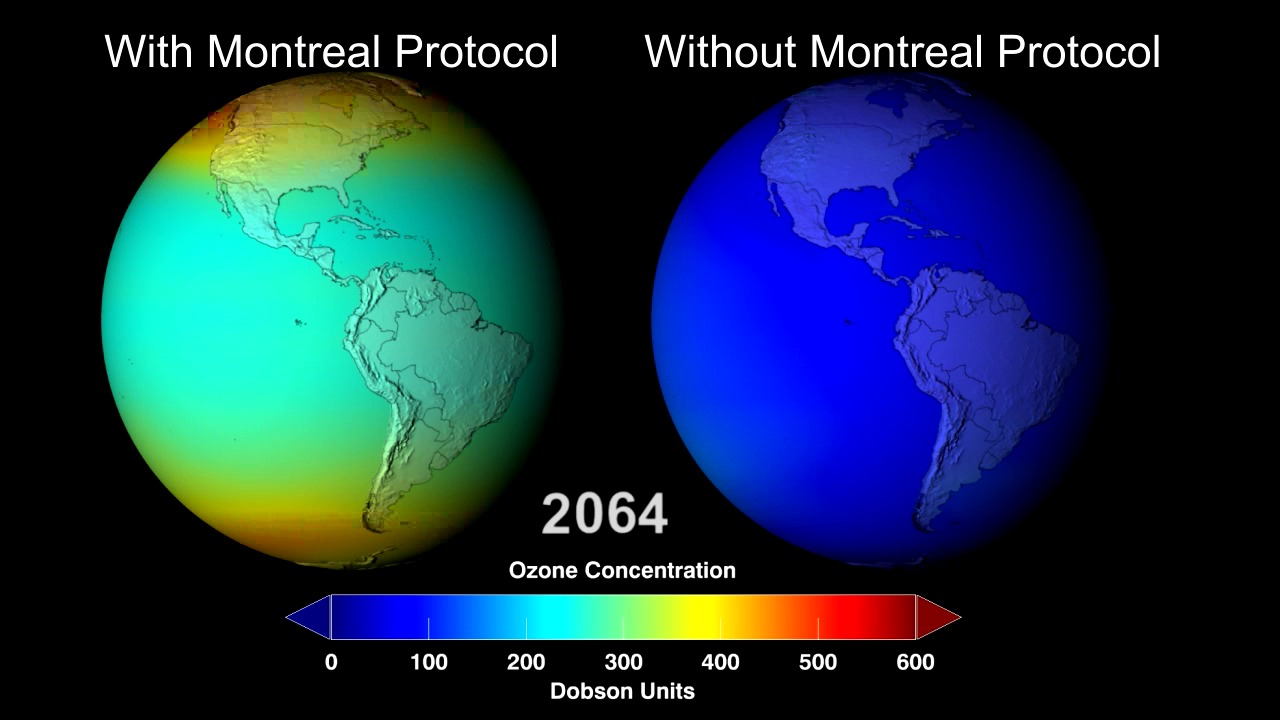So, on the first day of the second week at the COP, we met an
astronaut.
No kidding. After
we registered (I am a student getting the opportunity to observe here during the second week) and got our bearings, the first place we wandered was the zone
where many different countries get to put up different displays and host small
side events (and also give away free stuff!). We found the U.S. Pavilion, and
the main organization presenting there all week is NASA.
The NASA.
One of the students,
Jade, had met employee of NASA Daniel Irwin on her way to our apartment the
night she flew in; he was fluent in Spanish and they were staying in the same
area, so he helped her arrive safely (and we couldn’t be more thankful for
that). Luckily, when we went to the pavilion, he was there – with his good
friend, the astronaut of fifteen years, Dr. Piers Sellers.
We got to talk to
them both before any official presentations began. When speaking of the
Hyperwall (pictured below of some not-so-impressive photos I took while we were
there… you should really check out the NASA website to see amazing photos and
videos that they simulate on the Hyperwall), Dr. Sellers looked at us with a
clever smirk on his face and proudly proclaimed, “oh, wait until you see it. It’s better than Interstellar.”
When the
presentation began, we could only see how right he was. It blew us all away. Eyes
wide and up in front, it was almost too much to take in at once.
Most of the
presentation comprised of data that was gathered purely via NASA satellites. In
this single presentation, they went over how they could compile data into
comprehensive videos and images of the salination levels in the oceans, the
change in ocean currents, the ice coverage globally, fires that happen, and
perhaps most poetically: they can show us how the earth breathes.
(See the video
clip of this segment here: link)
Think about it: as
spring comes for the Northern Hemisphere, our trees sprout their leaves and our
flowers peek up their sleepy heads. They breathe in carbon dioxide, taking it
out of the atmosphere; and when it’s winter in the Northern Hemisphere, it’s
summer down in the Southern. Earth breathes in carbon dioxide in the winter,
and exhales it in the summer. Like you or I, Mother Earth breathes.
Consider this in a
way you might not have before. Consider the Earth as one functioning unit; as a
body. And this is why climate change is so important; this is why we care. This
system is fragile, and we are disturbing this gentile balance.
Luckily, NASA (and
other organizations) has the technology to not only compile data into pretty
videos, but they also have the ability to model how certain ecosystems will
react to climate change. These are not guesses, or cartoons; they are realistic
models built with copious amounts of data.
The scary part,
though? With just a 4 degree Celsius change, we would be living in a world
where we can’t make predictions. A
change of just 4 degrees Celsius would cause a world so different from the one
we’re currently in, none of our current, real-world data would be applicable.
And studies show
we’re going to have to make some serious, serious changes if we want to stop at
2 degrees Celsius.
It’s hard to think
of why we should care about climate change in a place like America. After all,
climate change isn’t affecting us,
right?
Wrong.
The sea level has
already risen three inches. This might not sound like a lot, but this is across
the entire planet. There’s more water
on our planet than there is land, and enough has melted to cause it all, on
average, to rise three inches. People in Miami, Florida are already having
problems with sea water getting into their plumbing and sewage systems. Climate
change is right on our door step, and she’s knocking.
However, with
proper use of the models that NASA and other organizations produce—whether they
are actual compositions of data or realistic models—it can help us avoid
catastrophic disasters. For example, NASA was able to predict the movement of
Hurricane Sandy of 2012 that saved the lives of thousands of people in New
Jersey, because they knew they had to evacuate.
Beyond that, in
the 1980s, when Chlorofluorocarbons (CFCs) were banned by the Montreal Protocol
in order to minimize the growth of the Ozone hole, we avoided a disasterous
world.
What kind of
world?
Let NASA show you.
Let’s hope that
our world never becomes like the one on the left. We will not become a projection. We will fix our reality.





No comments:
Post a Comment